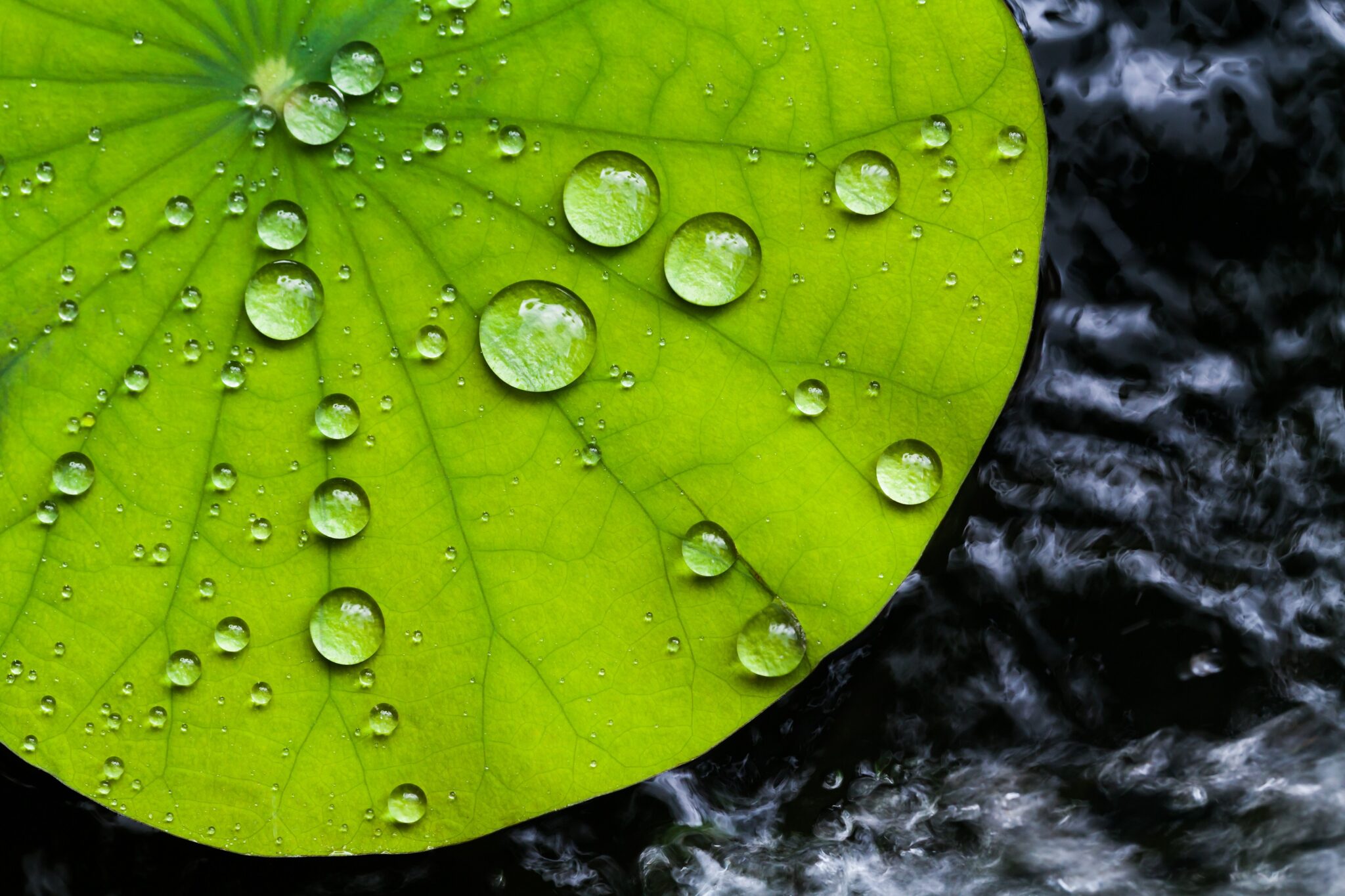
Dispose of the packaging in the same bin as our food waste. Or better: make compost! What if the challenge was no longer science fiction? It would be enough to draw inspiration from the lotus leaf, whose hydrophobic properties would guarantee perfect preservation of our food. In addition, this packaging can break down completely in the ground.
Why are we talking about it?
According to the association Zero Waste France, plastic is the most commonly used material for packaging our food in Europe. In concrete terms, this represents 37% of the foodstuffs sold. According to the latest statistics published by the European Parliament, only about a third of plastic waste is recycled within the Union. Otherwise, these are burned to generate energy. In 2019, researchers estimate that the production and combustion of plastic generated more than 850 million tons of greenhouse gases! And by 2050 we could reach 2.8 billion tons… As far as the processing of plastic waste is concerned, a third option has now been implemented: in Europe it is buried in 25% of the cases! But buried doesn’t mean degraded in the ground…
The solution: a bioplastic that imitates the lotus leaf
Do you know the lotus effect? This scientist-defined phenomenon consists of taking the famous leaf beautifully painted by Claude Monet as a reference to describe its ability to repel drops of water. The nanometric roughness but also the composition of the leaf surface ensure that the plant is hydrophobic.
A building where Australian researchers from the University of Melbourne have been working on the development of a bioplastic suitable for food packaging. But it is not enough to take inspiration from nature to find a solution to plastic pollution. The work involved setting up a production process that was economically affordable, but also easy to set up to envision it being converted on an industrial scale.
That’s why the formula uses only two ingredients: starch and cellulose. For example, the material was patterned to imitate the lotus structure before being coated with an organic silicone-based polymer. Like the lotus, the material can form a barrier against water or dirt.
Why is this research a real breakthrough? Because, contrary to what the term “bioplastic” suggests, not all packaging in question is biodegradable. Bioplastic can be made from petroleum. In addition, bioplastics must be heated to very high temperatures in order to degrade. In this imitation of the lotus leaf, the researchers promise that their find will perish after contact with insects in the soil.
Now Australian scientists are waiting to put their research into practice by entering into commercial partnerships. On good terms…
(ETX Daily Up)